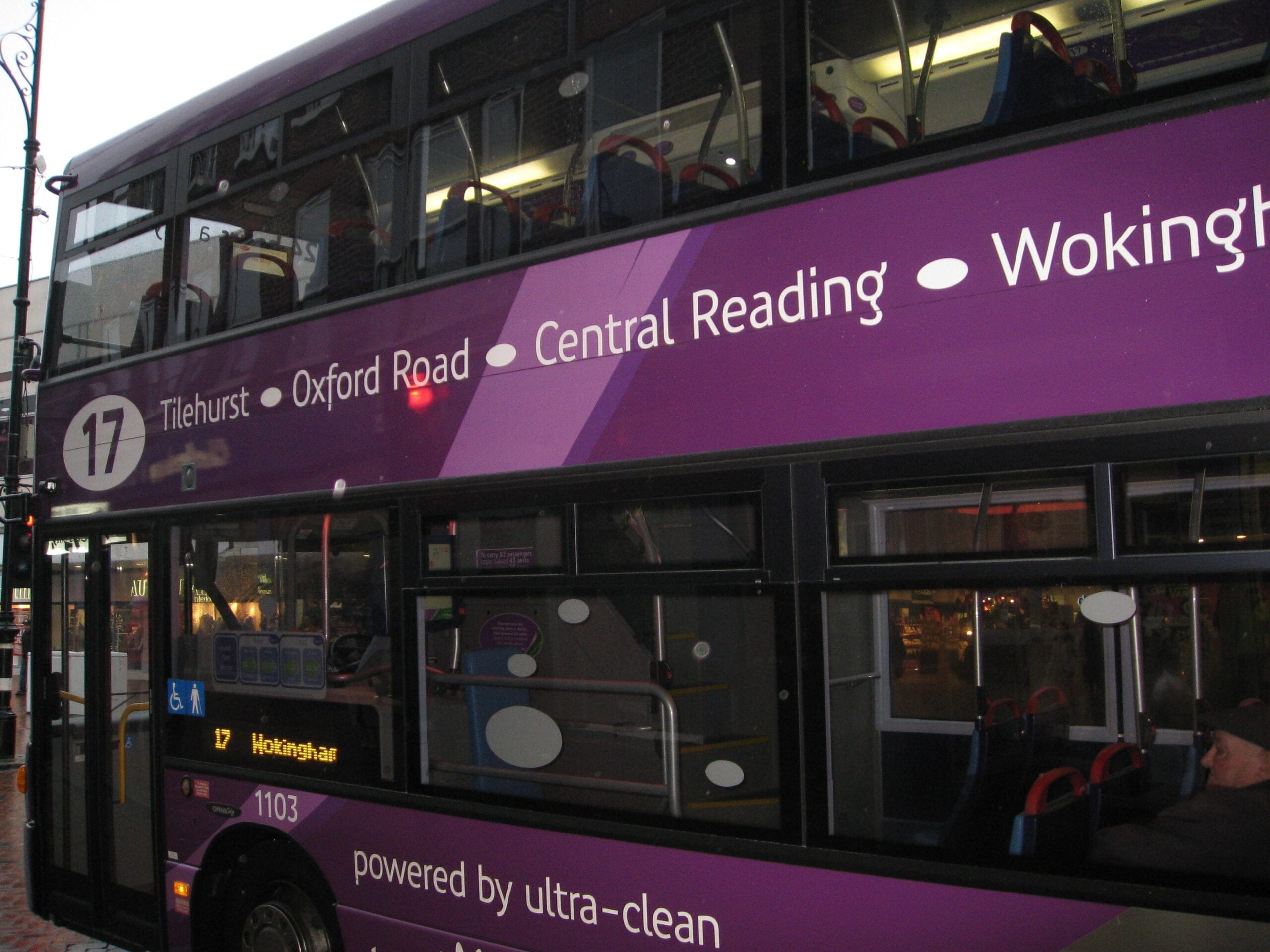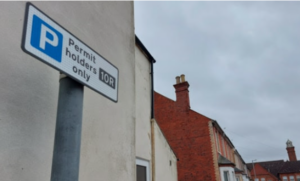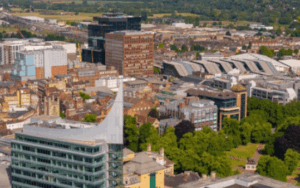Reading Council’s ongoing drive to help tackle poor air quality by offering quicker and more reliable bus routes continues this week when the second of a series of new bus lanes across the town goes live along the Oxford Road.
The next phase of the Council’s major £26 million investment in local bus services to attract even more passengers, sees a near 400-metre stretch along the busy Oxford Road – outbound between Zinzan Street and George Street – set aside for buses. The additional capacity has been created through the redesign of the highway, with no loss of capacity for general traffic.
Resurfacing on this stretch is scheduled to take place between Thursday (Oct 3) and Saturday (Oct 5) dependent on the weather, followed by new lining. The bus lane will then go live immediately afterwards.
The works will involve daytime off-peak road closures with signed diversions for general traffic. The road closures are scheduled to be in effect from Thursday 3 October, up to Saturday 5 October. The final timings of the closures are weather dependent, but the Council will endeavour to open up sections of road as quickly as possible. Works will begin east of Bedford Road on Thursday and then west of Bedford Road on Friday and Saturday. For further information on bus service diversions please visit www.reading-buses.co.uk.
In common with other new bus lanes being introduced in the town, the bus lane between Zinzan Street and George Street has been selected as it is a stretch of road where bus services suffer from the most delays due to congestion, particularly at peak times.
The introduction of the new bus lane follows on from the London Road bus lane which went live in August. The new bus lanes form part of the Council’s wider Bus Service Improvement Plan (BSIP) which successfully secured funding from the Department for Transport.
The Council strongly believes that without making significant changes to transport infrastructure, including new bus lanes, and providing realistic sustainable transport alternatives, car usage will continue to grow, creating greater levels of congestion and damaging the health of Reading residents.
John Ennis, Reading Council’s Lead Councillor for Transport, said: “Reading is a major centre for employment and leisure, attracting many thousands of daily journeys from both inside and outside the borough. While we welcome that economic success, there is no doubt it brings major challenges in terms of congestion, air quality and the damaging knock-on health impacts on residents, particularly those who live alongside or near to major routes.
“A key thread for the Council is to create faster and more reliable alternatives to the private car and this latest new bus lane along the Oxford Road contributes to that by creating extra capacity, which allows buses to avoid getting caught up in jams on what is a busy stretch of road. In this instance, it has been possible to create that extra capacity through the redesign of the highway and with no loss of capacity for general traffic.
“Reading already has a popular and well-used bus network and it will become even more attractive to people if buses can avoid congestion and run even more reliably, faster and more frequently. This also contributes to Reading’s net zero by 2030 target, in line with the Council declaring a Climate Emergency five years ago.”
As part of the same BSIP programme, work has begun on creating a second new bus lane along the outbound stretch of the Oxford Road, this time between Pangbourne Street and Norcot Junction. Resurfacing on this stretch is expected to take place in mid-October with the new bus lane going live immediately afterwards.
Work on a new inbound bus lane along the London Road, between Sidmouth Street and London Street, and on the A327 Southampton Street, inbound from Pell Street to the Oracle roundabout, are both expected to begin in the Spring of 2025.






















